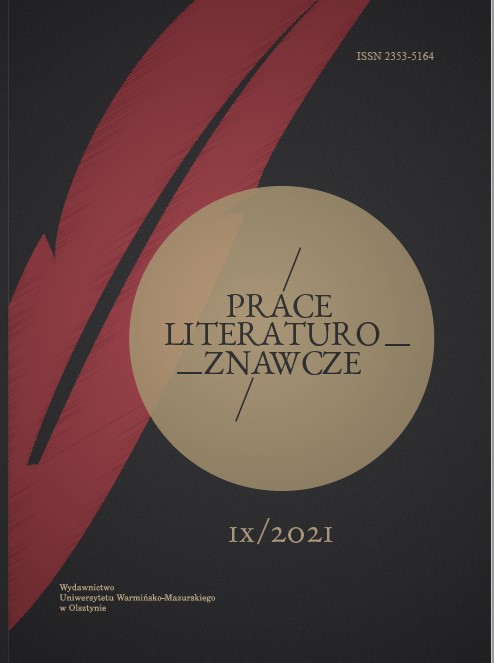The Will to Live: a Study of Samuel Beckett’s Molloy
The Will to Live: a Study of Samuel Beckett’s Molloy
Author(s): Edward ColerickSubject(s): Language and Literature Studies
Published by: Wydawnictwo Uniwersytetu Warmińsko-Mazurskiego w Olsztynie
Keywords: uicide; death drive; will-to-live; music; pattern
Summary/Abstract: The article explores Book One of Beckett’s Trilogy (Molloy) in the context of the author’s explicit rejection of Freud’s rather speculative idea of death drives. In highlighting this rejection Beckett also demonstrates his attempt at incorporating, within his own work, Schopenhauer’s con-cept of the ‘Will’. Indeed, Beckett modifies and adapts Schopenhauer’s ideas in the creation of his own aesthetic. In particular, this can be seen through the author’s adoption of Schopenhauer’s music analogy. Schopenhauer clearly equates music with his idea of the Will in that melody (in its pur-est form) is essentially a pattern formed out of sound and, consequently, without the need of visual representation. In a similar way, Beckett seeks to get beyond representation within his own art in order to explore the indelible trace or pattern of human existence. It is this ongoing process which explains the extreme representational reductionism of the later prose and drama.
Journal: Prace Literaturoznawcze
- Issue Year: 2021
- Issue No: 9
- Page Range: 289-299
- Page Count: 11
- Language: English

